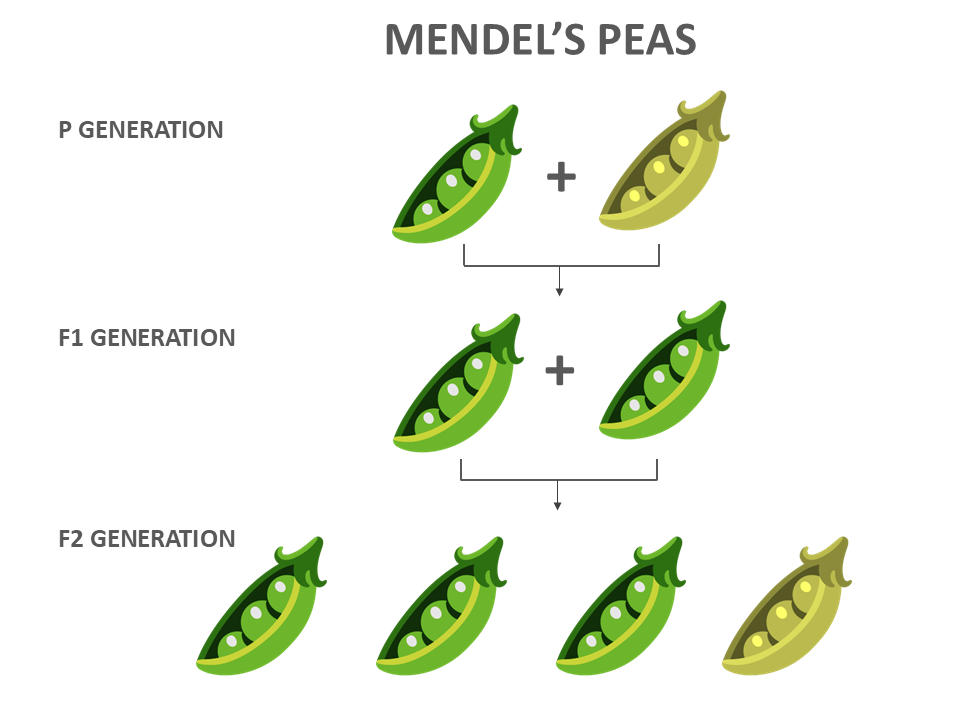Pick Up
1248. The Mystery of Mendel's Pea Genetics Solved

1248. The Mystery of Mendel's Pea Genetics Solved
More than 160 years ago, the monk Gregor Mendel meticulously studied seven traits of peas (Pisum sativum), including the shape and color of seeds and pods, and achieved groundbreaking research on genetic inheritance. In a paper published in Nature on April 23, the genes responsible for the last three pea traits of the seven traits were identified.
Mendel, a citizen scientist, is famous for conducting a series of experiments in the mid-19th century in which he crossed about 28,000 pea plants to determine how traits were passed on to future generations. Although the concept of genes did not yet exist at that time, Mendel concluded that plants pass on genetic "factors" to their offspring that determine whether the offspring inherit "dominant" or "recessive" genes (alleles).
Scientists continue to study Mendelian traits today. The first Mendelian trait to be linked to a gene was seed shape. Some pea varieties wrinkle when dried and taste sweet when eaten raw. Mendel showed that those seeds carry a recessive "wrinkled" gene. Peas with a dominant "round" gene remain smooth when dried, are less sweet, and are often used in soups and animal feed. In 1990, a gene was identified that codes for an enzyme that converts sugars into starch. The dominant gene packs the seeds with starch, keeping them smooth, while the recessive gene makes an inactive enzyme, leaving the seeds with more sugar. Scientists then discovered the genes responsible for three traits: plant height, and flower and seed color.
Further progress was slowed by the pea's large genome size and the focus on higher-profile crops like wheat, corn, and rice. But as sequencing costs fall, that's changing. In recent years, sequencing and computational tools have advanced enough to tackle genes, and researchers are gradually mapping these traits to DNA sequences.
The largest genome study to date on pea has revealed the remaining three genes, plus many more that pea breeders can exploit to improve the plant. The study sequenced nearly 700 pea varieties across a large and diverse collection, including from the Middle East, where peas were domesticated, and from the diversity hotspots of Ethiopia and the Himalayas, to narrow down the location of key genes that correlate with the plant's physical characteristics. These genes include those responsible for the remaining three Mendelian traits: pea pod color, flower arrangement, and whether the pods are edible.
This work may herald a new era in pea genomics research. The pea protein market is one of the fastest growing alternative protein sources, and a genome map with a rich set of markers will help breeders develop new techniques to build on Mendel's legacy.
(References)
Amanda Heidt. Century-old genetics mystery of Mendel's peas finally solved. 23 April 2025 NEWS. Nature. doi: https://doi.org/10.1038/d41586-025-01269-8
Erik Stokstad. Last of Mendel's seven genetic riddles solved. Science, Volume 388, Issue 6745, Apr 2025. https://www.science.org/doi/epdf/10.1126/science.ady4511
Contributor: IIYAMA Miyuki, Information Program
